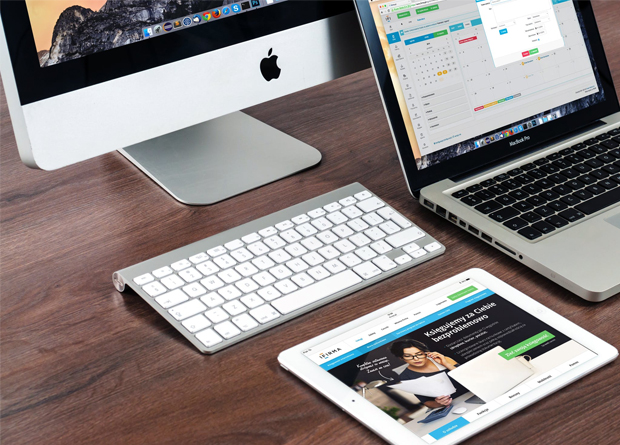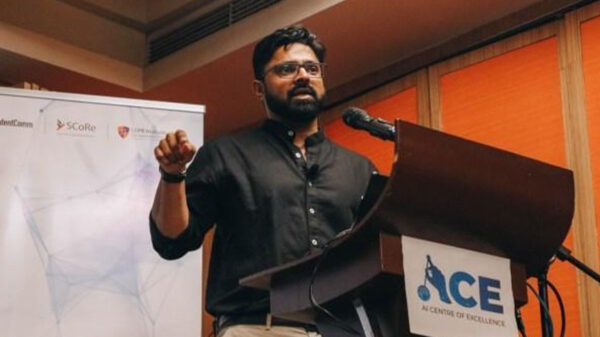The internet of things (IoT) is a powerful concept that can help you utilize dozens, if not hundreds of interconnected physical objects to help your business run smoother. When implemented properly, it can save your business time, reduce business costs, and ultimately allow your business to be more competitive and more profitable.
How can you incorporate an IoT strategy properly to maximize the potential benefits?
How to Incorporate IoT Into Your Business
Follow these tips to utilize IoT more consistently, more efficiently, and more effectively:
- Set goals early. Too many business owners think of IoT as a switch that magically makes your business “better” in some way. But that’s not necessarily the case. For your IoT strategy to work, it needs to have a clear purpose. You need to have a clear understanding of what “better” means for your business and how you’re going to achieve that. Before you start researching IoT technologies, set some concrete goals. What are you hoping to achieve and when do you hope to achieve it by?
- Study existing examples. You don’t need to reinvent the wheel. Instead of designing IoT infrastructure from the ground up or pushing for the development of something fundamentally new, look at businesses like yours that have already incorporated IoT in some way. How are they using these tech systems? What goals are they striving to achieve? What were their key successes and challenges? You’ll need to do some research to answer these questions.
- Invest in scalability. Every IoT system you invest in should be scalable. In other words, it should be able to work well for your business even as you expand and increase your capacity. Scalable systems are designed to be reflexive and adaptable, serving your needs equally well at both small and large scales. This way, you won’t have to upgrade or adopt something new every time your business undergoes a growth spurt.
- Establish leadership. Who’s going to be in charge of your IoT systems? It’s a good idea to establish a point person responsible for making key decisions, directing internal personnel, and ultimately ensuring your business is capable of meeting its long-term goals. With better leadership in place, everyone in your organization will be better able to fulfill the organization’s vision.
- Gather lots of data. IoT devices specialize in gathering data – so gather as much data as possible. Try to track and measure everything in your organization so you can review and analyze the data however you see fit in the future. The more raw information you have, the more questions you’ll be able to ask later on.
- Remain flexible. As with most technologies, IoT isn’t designed to be integrated once and used the same way indefinitely throughout the course of your business’s development. It’s designed to be updated, upgraded, tinkered with, and experimented with. If you want to get as much value as possible out of your IoT strategy, you have to remain flexible. Be open to new options, experiment with new ideas, and keep adapting as you learn more from your existing data and come up with new ideas.
- Train your employees well. Much of your IoT improvements are going to be dependent on your employees to reach their fullest potential. Make sure you invest in employee training; help them understand the purposes of these new devices and teach them to use the new network responsibly.
- Don’t neglect security. IoT is a powerful technology, but it also introduces some new vulnerabilities. Each new device you add to your network, no matter how small or seemingly inconsequential, is going to represent a new vulnerability – a new potential attack vector that could compromise your network if you aren’t careful. Make sure you make security one of your highest priorities when designing and implementing a new security system.
- Experiment. If you have the opportunity, experiment with different approaches. Try different devices and different systems to see which ones work best for your organization. Use different systems of data analysis and measurement to perfect your approach.
- Evaluate your progress regularly (and work to improve). Spend time analyzing data related to your business’s output and efficiency. Keep changing the variables and measure how those changes impact your bottom line; how can you make your business even better?
Toward a More Efficient Business
IoT itself isn’t going to make your business more efficient, more productive, or more profitable. It all depends on what type of IoT you use and how you integrate it into your current business. Take your time researching and planning your IoT strategy carefully – and always be willing to continue experimenting and adapting as you learn more.











































































































